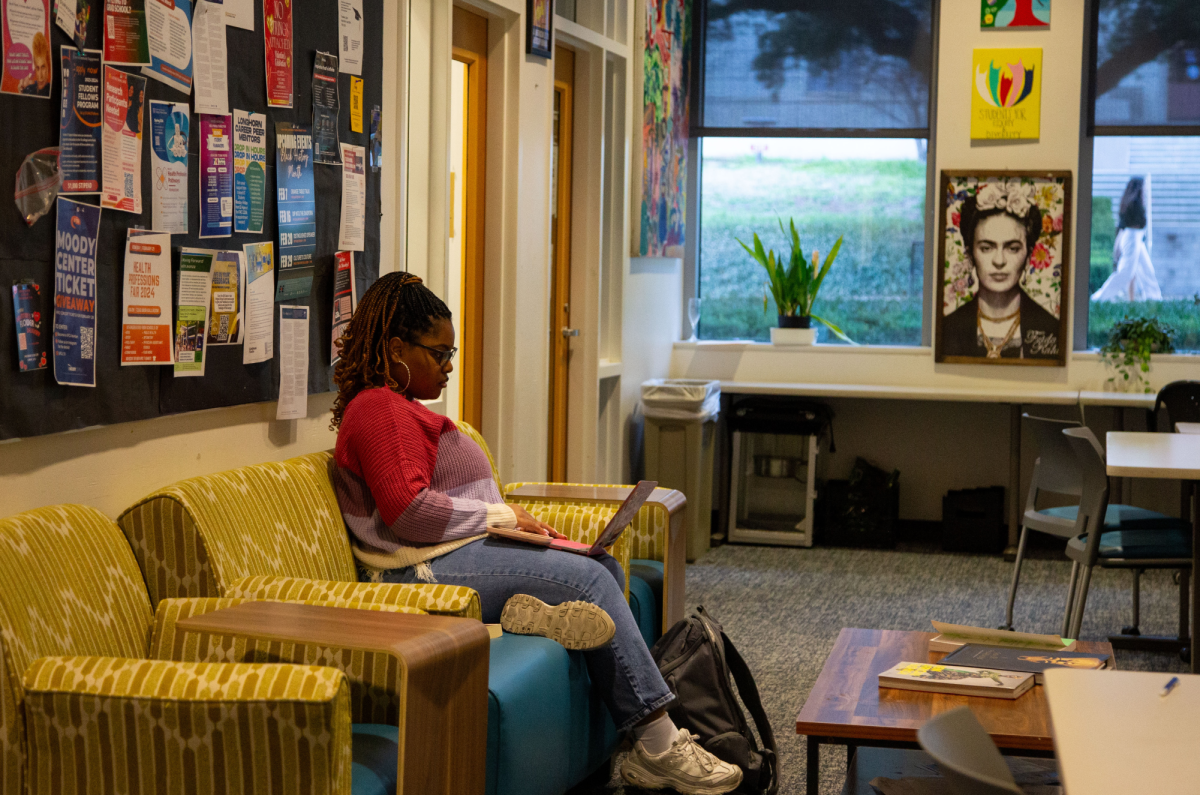As part of recent efforts to gather better data on higher education experiences of veterans, the U.S. Department of Veteran Affairs (VA) asked universities to track their graduation rates. But before UT can provide those statistics, the school will need to figure out how many student veterans there are.
“We have a ballpark figure, but no precise number,” Marc Hamlin, vice president of UT’s Student Veteran Association, said. “The Office of the Registrar only sees people who are pulling veteran benefits, which includes dependents and spouses, and they don’t classify people as veteran or non-veteran.”
Gary Romriell, a veteran who served in Baghdad and now works in the Student Veteran Services (SVS) office, said the SVS knows of roughly 650 student veterans at UT.
“But that estimate changes depending on who you’re talking to,” Romriell said. “There are also veterans who are undeclared, who pay for their tuition and don’t necessarily inform us of their presence, and that makes it hard to get a figure.”
While UT doesn’t have complete information about its student veterans, Hamlin said student veterans are often equally uninformed. According to data gathered from the 2010 National Survey of Veterans released by the VA, there is a widespread lack of knowledge among veterans about the various federal and state benefits they are afforded.
Roughly 40 percent of veterans reported they knew little to nothing about veterans benefits. Additionally, 36 percent of veterans who had not taken advantage of VA education benefits said it was because they were not aware of them.
“It’s not a very good system,” Hamlin said.
Romriell, who served one tour in Baghdad before being medically discharged, said the lack of transparency in the VA’s bureaucratic system makes the search for benefits complicated.
“The department isn’t known for customer service, and they receive funding based on how much they can save, rather than how many veterans they can help,” Romriell said. “A lot of us are wandering in the dark.”
Veterans are typically eligible for a variety of education benefits, including those resulting from the Post-9/11 GI Bill, which Congress passed in 2008. The bill pays veteran tuitions directly to institutions for up to 36 months, while providing a monthly allowance for housing and books. For Texan veterans, the Hazlewood Act provides up to 150 hours of tuition exemption at in-state public schools.
Another impediment to tracking statistics about veteran students is that they face different challenges than non-veterans. Hamlin, who graduated from high school in 2004, said many of the students he works with support themselves financially and have different priorities than many students who come to UT straight from high school.
“Veterans are typically older than most of their classmates, and we’ve already had a lot of life experience,” Hamlin said. “We’re taking a break from supporting ourselves to go to school.”
Romriell said the SVS is working to develop programs, including a mentoring initiative and a faculty sensitivity training campaign, to help student veterans find support at UT.
“We’re nontraditional students,” Romriell said. “There are different challenges that we have to confront.”
Published on January 16, 2013 as "Student veterans difficult to track".




















